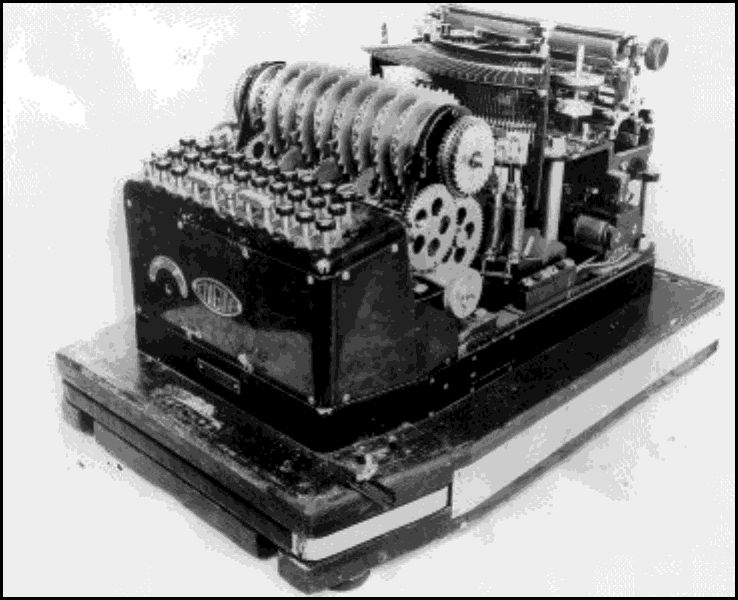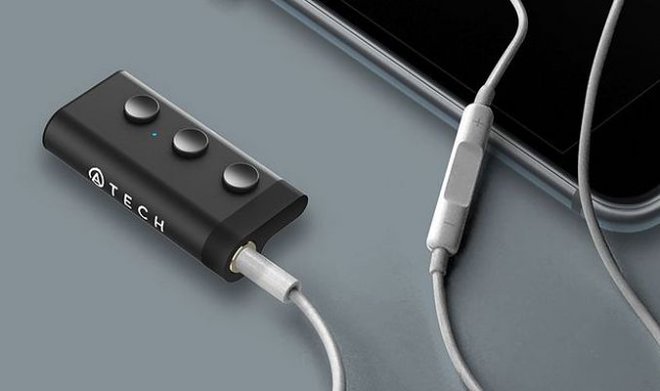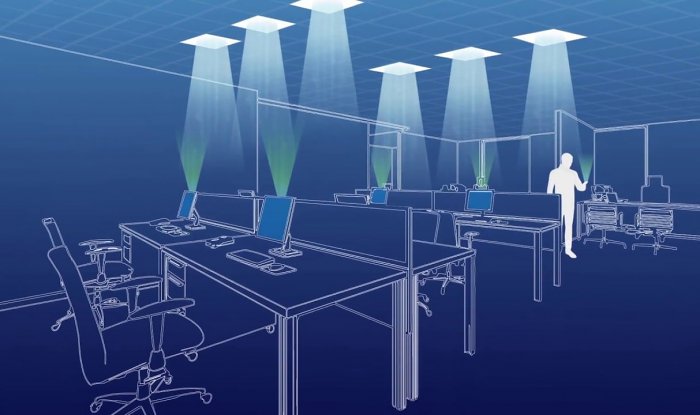After a seven-year project, the WW2 codebreaking machine has been reconstructed now it can work in public for the first time.
With the attached secrecy around the work of codebreaking at Bletchley Park, illustrator W Heath Robinson had never known the machine was named after him.

A team of six restored The Heath Robinson at The National Museum of Computing in Milton Keynes.
The machine was the first attempt to automate code-cracking and, due to its complexity, was named after the illustrator W Heath Robinson.
Mr. Phil Hayes [The chief engineer on the project]
The job was for sure an achievement. The final touch was using a hand-drawn circuit diagram along with replica circuits based on 1940s technology.
It indeed was a success because we only had a few photographs and a hand-drawn diagram, and nothing much…
“For sure was a challenge to get the machine to work”.
Mr. Hayes completed the project with the support of a team of five volunteers.
About the machine
The Bletchley Park was the wartime home of the Government Code & Cypher School which broke the German Enigma and Lorenz codes. The machine, which went into operation at Bletchley Park in June 1943, is considered the inspiration for Colossus, as the world’s first programmable computer.
Peter Higginson, a great-nephew of W Heath Robinson, was scheduled to attend a ceremony on Saturday to reveal the machine, which is on exhibit at the museum.
The Colossus, the world’s first programmable computer, was designed to improve Heath Robinson. Although it was launched of Colossus in 1944, still Heath Robinson continued to develop and thus got used to catching messages sent between Hitler and the German High Command.
By the end of WW2, there were two super Robinsons in use, while the other two were under development. However, the machine was operational until the 1950s.




Yntwoy
cost valtrex 500mg – valtrex online diflucan sale